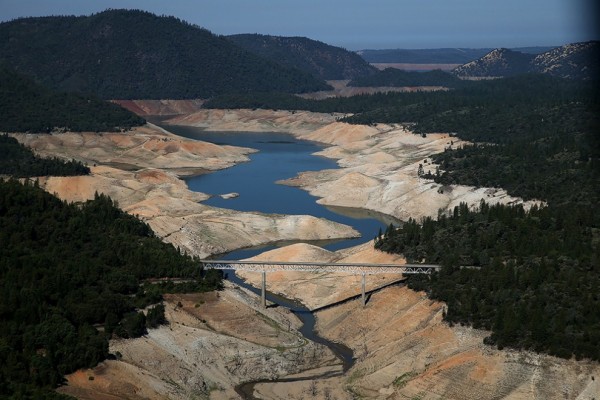
A snake-like trickle of water flows underneath Lake Oroville’s Enterprise Bridge — just one striking example of how much California’s chronic drought is affecting the state’s lakes and reservoirs.
Situated at the foot of the Sierra Nevadas in Butte County, Lake Oroville is one of the largest reservoirs in California, second only to Shasta Lake. After enduring three straight years of drought, the lake is currently only filled to 32 percent of its capacity.
Water conservation continues to be a major concern for Californians, especially in the wake of the recently viral (and controversial) Ice Bucket Challenge. Of course, pouring a small bucket of ice water on yourself is the least of the world’s worries when you consider the many examples of needless water waste that occur every day — dripping kitchen faucets, washing cars, watering grass lawns and ridiculously long showers, just to name a few.
In any case, the drought in California is getting serious. Phase 2 of Los Angeles’ mandatory water conservation ordinance is now in effect, which means a team of water-use inspectors are tasked with enforcing water restrictions and fining water wasters. If the drought continues through fall and winter, the ordinance will move to Phase 3, which entails even stricter rules and some prohibitions.
To get a better idea of the dire situation in the Golden State, continue below for a photo comparison of water levels taken in 2011 and 2014, looking at Lake Oroville and Folsom Lake, another major California reservoir located in Sacramento County that is now filled at 40 percent of its capacity.
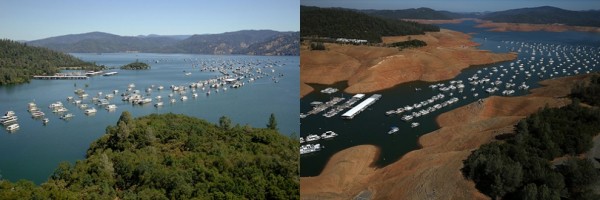
Photos: Paul Hames/California Department of Water Resources (left); Justin Sullivan/Getty Images (right)
Bidwell Marina, Lake Oroville
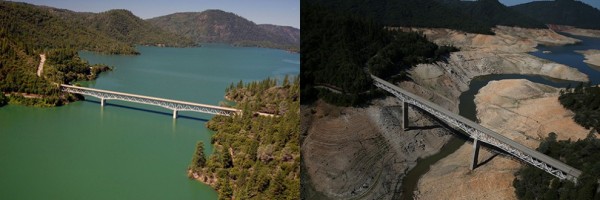
Photos: Paul Hames/California Department of Water Resources (left); Justin Sullivan/Getty Images (right)
Bidwell Marina, Lake Oroville
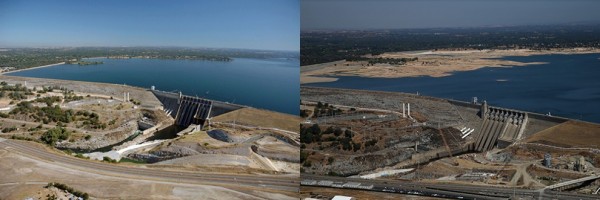
Photos: Paul Hames/California Department of Water Resources (left); Justin Sullivan/Getty Images (right)
Bidwell Marina, Lake Oroville
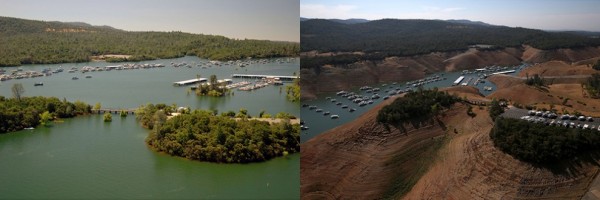

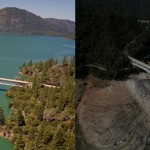
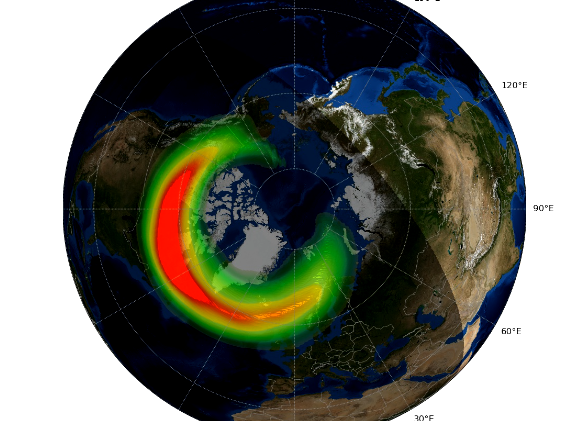
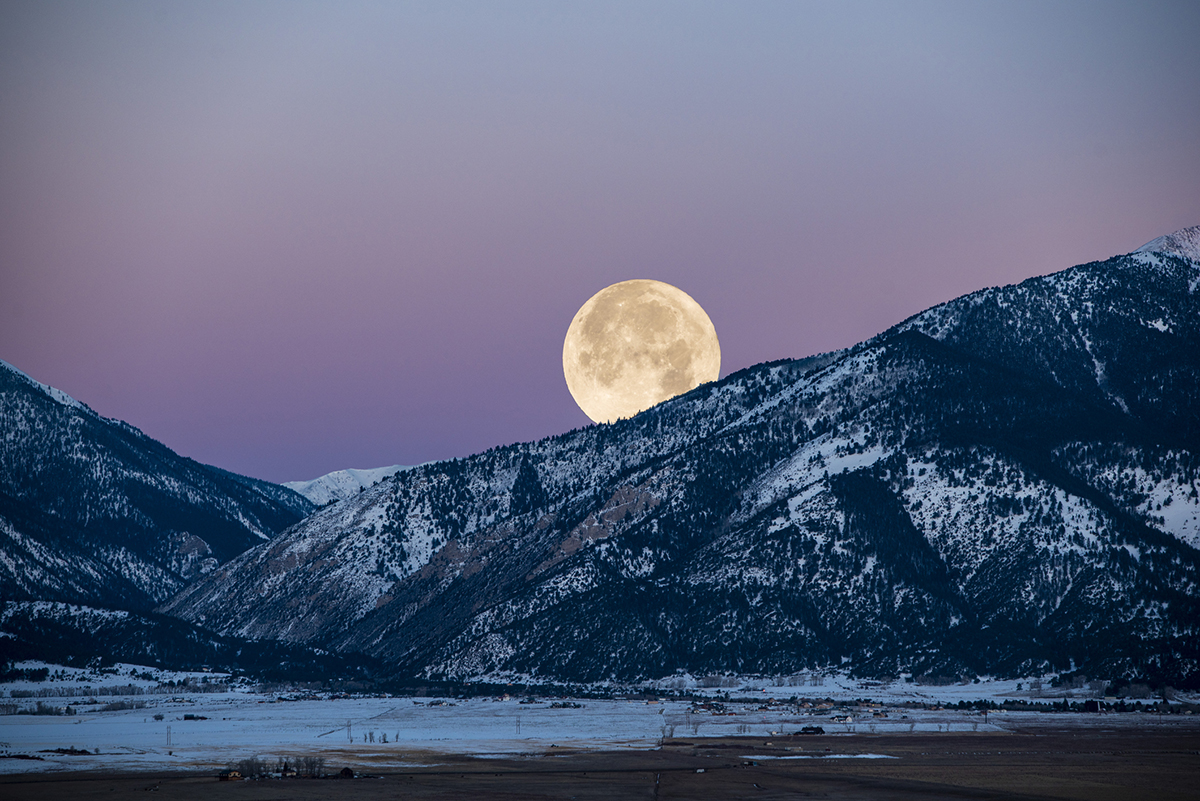
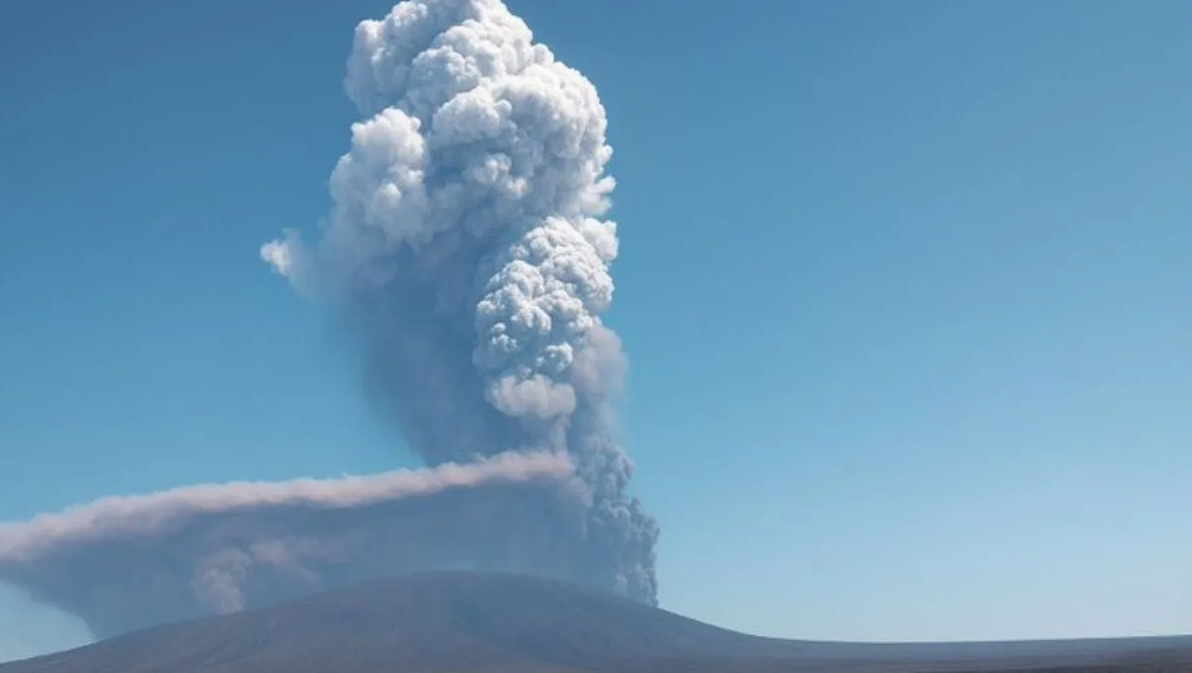
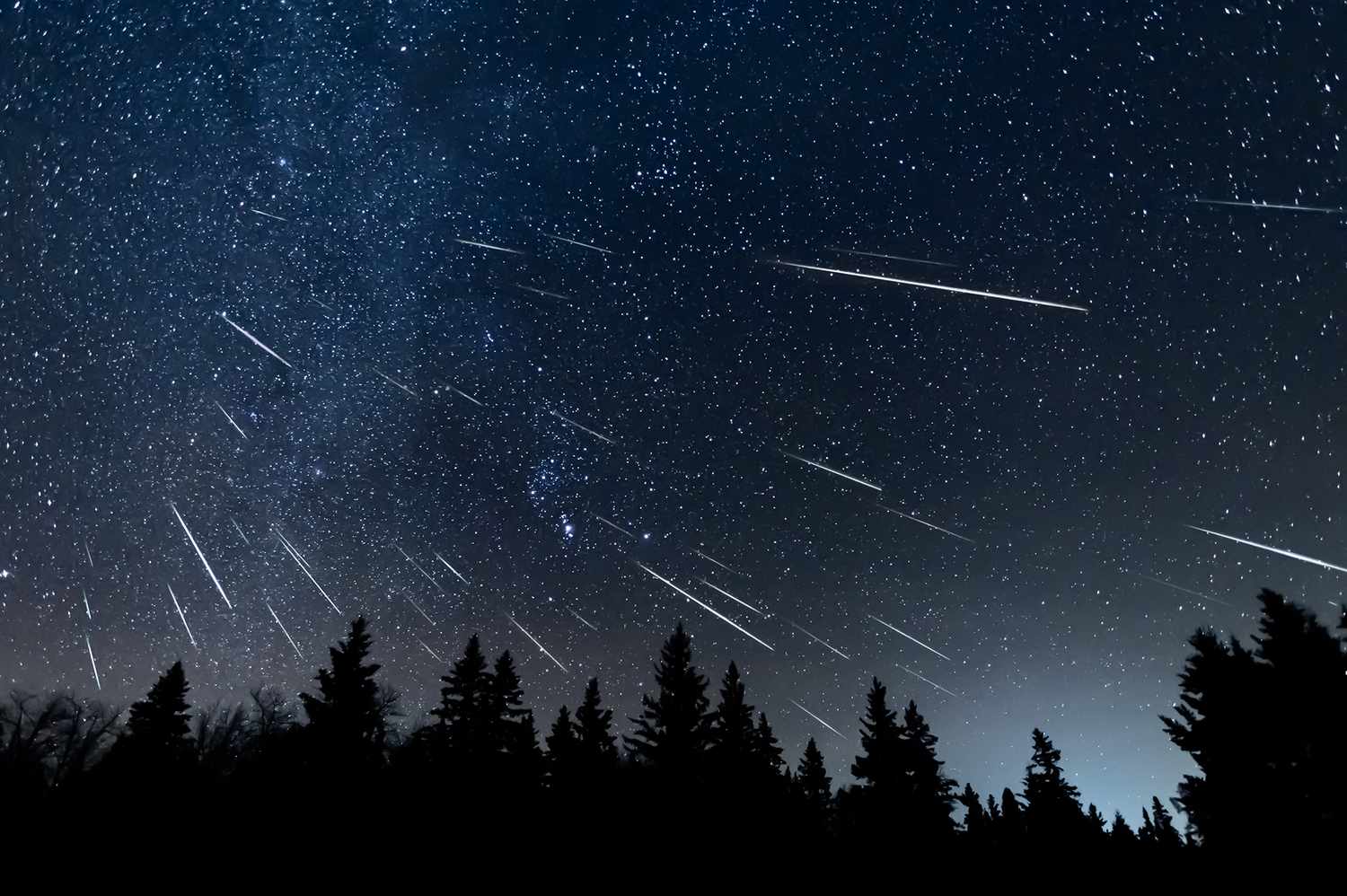
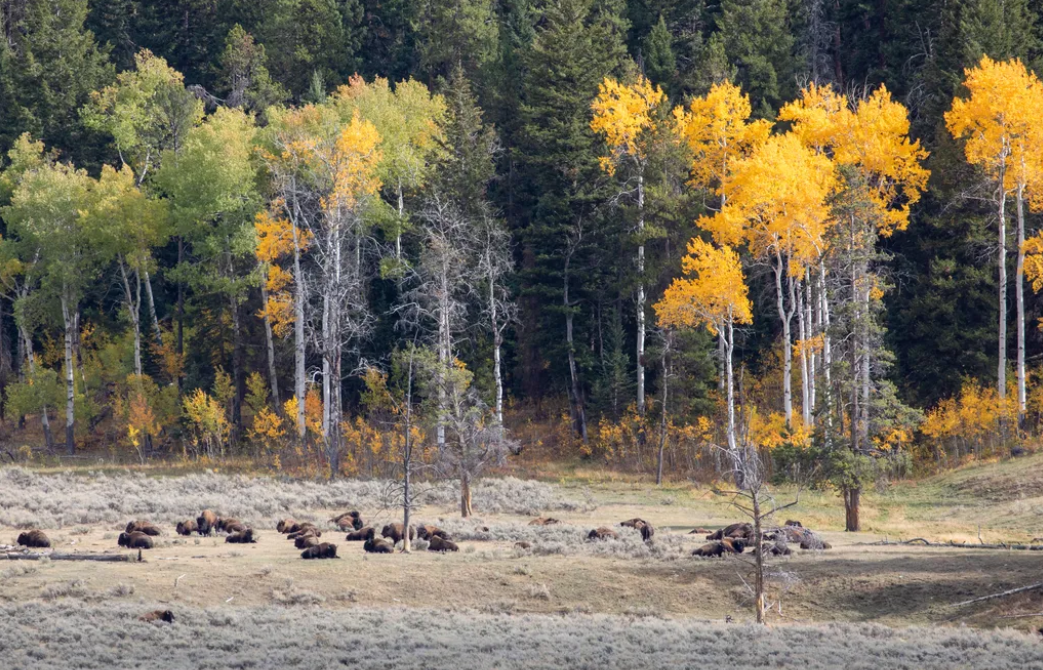

 Photographer Finds Locations Of 1960s Postcards To See How They Look Today, And The Difference Is Unbelievable
Photographer Finds Locations Of 1960s Postcards To See How They Look Today, And The Difference Is Unbelievable  Hij zet 3 IKEA kastjes tegen elkaar aan en maakt dit voor zijn vrouw…Wat een gaaf resultaat!!
Hij zet 3 IKEA kastjes tegen elkaar aan en maakt dit voor zijn vrouw…Wat een gaaf resultaat!!  Scientists Discover 512-Year-Old Shark, Which Would Be The Oldest Living Vertebrate On The Planet
Scientists Discover 512-Year-Old Shark, Which Would Be The Oldest Living Vertebrate On The Planet  Hus til salg er kun 22 kvadratmeter – men vent til du ser det indvendigt
Hus til salg er kun 22 kvadratmeter – men vent til du ser det indvendigt  Superknepet – så blir snuskiga ugnsformen som ny igen!
Superknepet – så blir snuskiga ugnsformen som ny igen!  Meteorite That Recently Fell in Somalia Turns Out to Contain Two Minerals Never Before Seen on Earth
Meteorite That Recently Fell in Somalia Turns Out to Contain Two Minerals Never Before Seen on Earth  Nearly Frozen Waves Captured On Camera By Nantucket Photographer
Nearly Frozen Waves Captured On Camera By Nantucket Photographer  It’s Official: Astronomers Have Discovered another Earth
It’s Official: Astronomers Have Discovered another Earth 